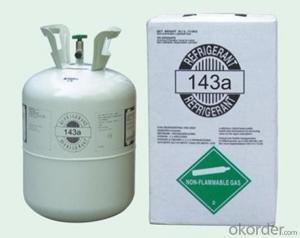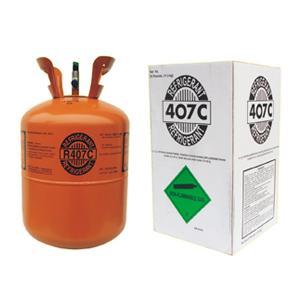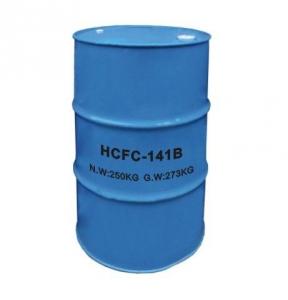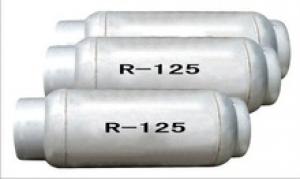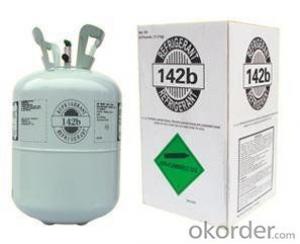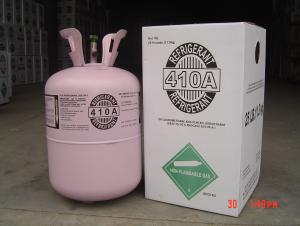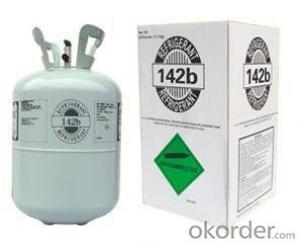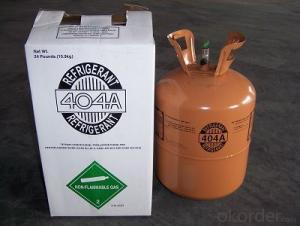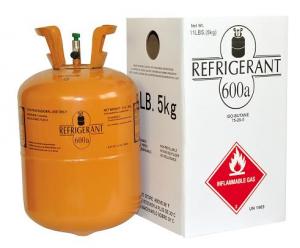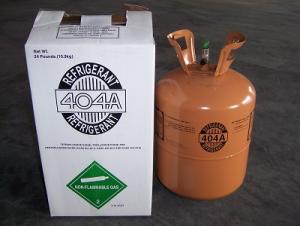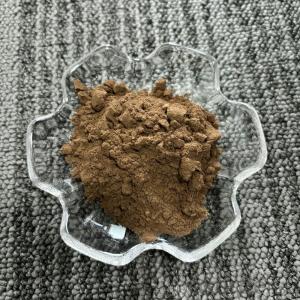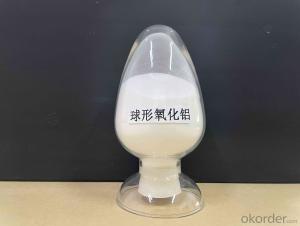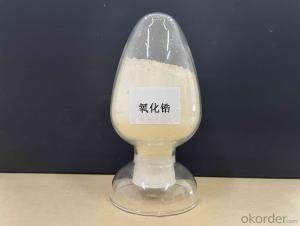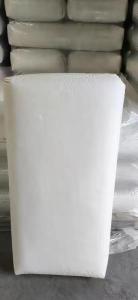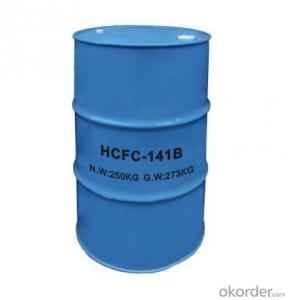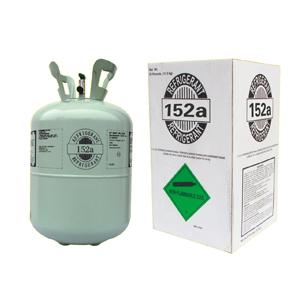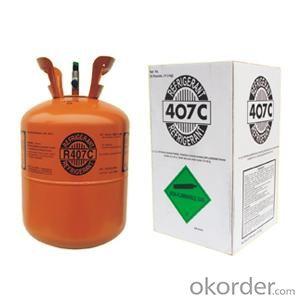Refrigerant R143a Gas
- Loading Port:
- Shanghai
- Payment Terms:
- TT OR LC
- Min Order Qty:
- -
- Supply Capability:
- 1000MT m.t./month
OKorder Service Pledge
Quality Product, Order Online Tracking, Timely Delivery
OKorder Financial Service
Credit Rating, Credit Services, Credit Purchasing
You Might Also Like
Specifications
30lb/13.6kg R143a Refrigerant
1.R143a of all specificationgs
2.purity 99.8%
3.reasonable price
Packaging & Delivery
| Packaging Detail: | Recyclable cylinder 400L(>=3.01mpa),926L, ISO-Tank |
| Delivery Detail: | within 20 days |
R143a
| Product: | trifluoromethane R143a | ||||||||||||||
| Property of chloride : |
| ||||||||||||||
| Packing | Recyclable cylinder 400L(>=3.01mpa),926L, ISO-Tank | ||||||||||||||
| |||||||||||||||
| Quality standard : |
| ||||||||||||||
Application: | Usede as Refrigerant, An important component of R502's replacemnet | ||||||||||||||
- Q:NH4HCO3 and so have C atoms ah, why still inorganic
- Organic matter is a general term for carbon compounds (except carbon oxides, carbon dioxide, carbonates, carbonates, bicarbonates, metal carbides, cyanides, thiocyanides and other oxides) or hydrocarbons and their derivatives. Organic matter is the material basis for life. The inorganic compound usually refers to a compound containing no carbon element, but a few carbon-containing compounds such as carbon dioxide, carbonic acid, carbon monoxide, carbonate and the like do not have the properties of an organic substance, and therefore such substances are also inorganic.
- Q:Why not ah?
- A series of compounds in which a hydrogen atom in a hydrocarbon molecule is replaced by another atom or radical is called a derivative of a hydrocarbon
- Q:Inorganic chemistry employment direction? Current research direction
- Inorganic chemistry is the science of the composition, nature, structure and reaction of inorganic matter, which is the oldest branch of chemistry. Inorganic substances include all chemical elements and their compounds, except for most of the carbon compounds. (In addition to carbon dioxide, carbon monoxide, carbon disulfide, carbonates and other simple carbon compounds are still inorganic substances, the rest are organic matter.)
- Q:What is carbohydrate? What is organic? What is it?
- Most organic compounds mainly contain carbon, hydrogen two elements, in addition often contain oxygen, nitrogen, sulfur, halogen, phosphorus and so on. Part of the organic matter from the plant sector, but the vast majority of oil, natural gas, coal as raw materials, through artificial synthesis method. Compared with inorganic substances, the number of organic matter, up to several million kinds. The carbon atoms of the organic compound have a very strong ability to bind to each other to form a carbon or carbocyclic ring. The number of carbon atoms can be 1,2, it can be thousands, tens of thousands, many organic polymer compounds can even have hundreds of thousands of carbon atoms. In addition, the isotopic phenomenon of organic compounds is very common, which is one of the reasons for the many organic compounds. Organic compounds in addition to a few, can generally burn. Compared with inorganic matter, their thermal stability is relatively poor, the electrolyte is easy to heat decomposition. The melting point of organic matter is low, generally not more than 400 ℃. The polarity of organic matter is very weak, so most of the water is not soluble. The reaction between organic matter, mostly intermolecular reactions, often requires a certain activation energy, so the reaction is slow, often requiring catalyst and other means. And the reaction of organic matter is more complex, under the same conditions, a compound can often be several different reactions at the same time, generate different products.
- Q:What is the definition of organic matter
- Organic matter usually refers to carbon-containing compounds, or hydrocarbons and their derivatives are collectively referred to as organic compounds.
- Q:Organic chemistry, naming of derivatives containing oxygen (hetero) atomic bridged cyclic hydrocarbons
- A little bit of a way to draw out with chemdraw, then convert structure to name
- Q:What is the difference between crude oil and asphalt?
- Difference: Asphalt is composed of different molecular weight hydrocarbons and non-metallic derivatives of dark brown complex mixture, is a high viscosity organic liquid, was liquid, the surface was black, soluble in carbon disulfide. Asphalt is a waterproof moisture and corrosion of organic cementitious materials. Asphalt can be divided into coal tar pitch, petroleum asphalt and natural asphalt three: Among them, coal tar pitch is a by-product of coking. Petroleum asphalt is the residue after distillation of crude oil. Natural asphalt is stored in the ground, and some of the formation of ore or in the crustal surface accumulation. Asphalt is mainly used for coatings, plastics, rubber and other industries and pavement and so on. Crude oil (44.27,0.27,0.61%) is the upstream raw material of asphalt, there is a strong correlation between the two prices. For the asphalt industry, the impact of the upstream industry is mainly reflected in the fluctuations in crude oil prices, crude oil processing capacity changes in oil asphalt production and product prices fluctuations. From the downstream demand point of view, asphalt products are mainly used in highways, municipal roads, bridges and airports and other places of the laying of which highway construction for the consumption of asphalt accounted for 82%. In the case of a certain capacity, the increase in downstream demand will further promote the growth of asphalt prices, on the contrary, will bring the price down.
- Q:Junior high school chemistry knowledge, please explain what is organic compounds, inorganic compounds.
- Organic matter is an abbreviation for organic compounds. At present, human beings know more than 900 million kinds of organic matter, the number is far more than inorganic.
- Q:Sodium can be used to identify derivatives of hydrocarbons
- The alcohol reacts with sodium. (Such as phenolic C6H5OH, cresol CH3C6H4OH, etc.), carboxylic acids (such as formic acid HCOOH, acetic acid CH3COOH, etc.) (description: hydroxyl groups in the carboxylic acid are hydroxyl groups in the carboxyl group) and hydroxyl groups containing polyhydroxyaldehydes and polyhydroxy ketones Such as glucose, fructose, etc.)
- Q:Chemical life network: chemical (inorganic reaction, organic reaction) is equal to the life of life reaction?
- Organic chemistry is the study of the origin of organic compounds, preparation, structure, properties, applications and related theories of science, also known as carbon compounds.
1. Manufacturer Overview |
|
|---|---|
| Location | |
| Year Established | |
| Annual Output Value | |
| Main Markets | |
| Company Certifications | |
2. Manufacturer Certificates |
|
|---|---|
| a) Certification Name | |
| Range | |
| Reference | |
| Validity Period | |
3. Manufacturer Capability |
|
|---|---|
| a)Trade Capacity | |
| Nearest Port | |
| Export Percentage | |
| No.of Employees in Trade Department | |
| Language Spoken: | |
| b)Factory Information | |
| Factory Size: | |
| No. of Production Lines | |
| Contract Manufacturing | |
| Product Price Range | |
Send your message to us
Refrigerant R143a Gas
- Loading Port:
- Shanghai
- Payment Terms:
- TT OR LC
- Min Order Qty:
- -
- Supply Capability:
- 1000MT m.t./month
OKorder Service Pledge
Quality Product, Order Online Tracking, Timely Delivery
OKorder Financial Service
Credit Rating, Credit Services, Credit Purchasing
Similar products
New products
Hot products
Hot Searches
